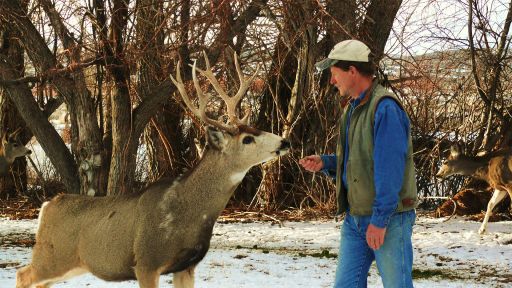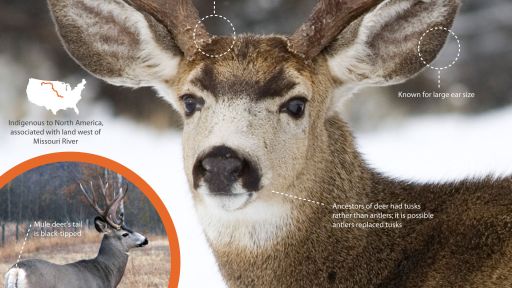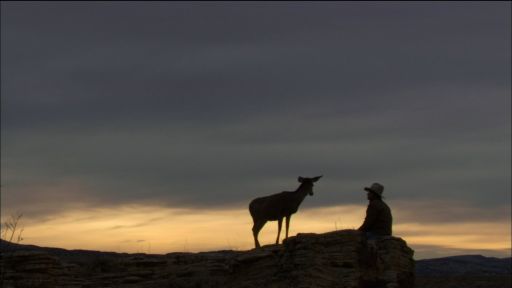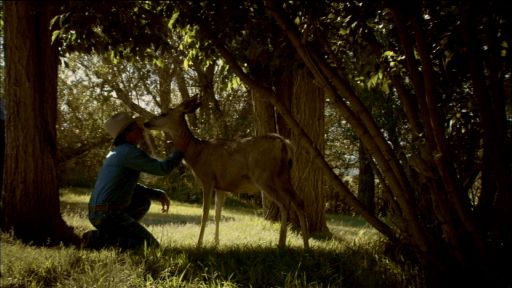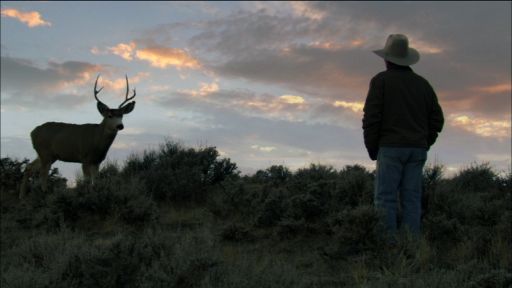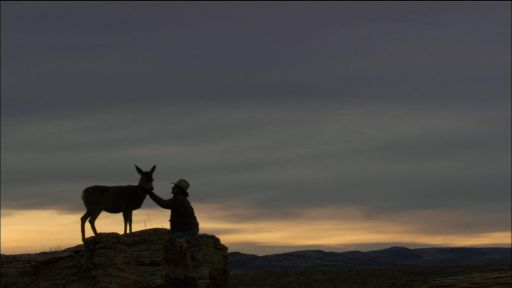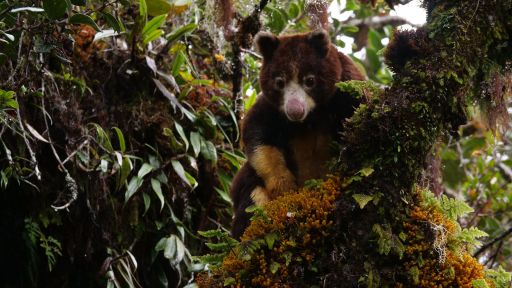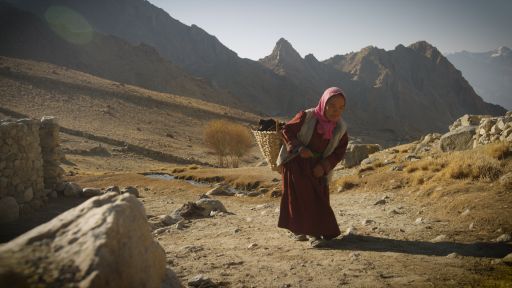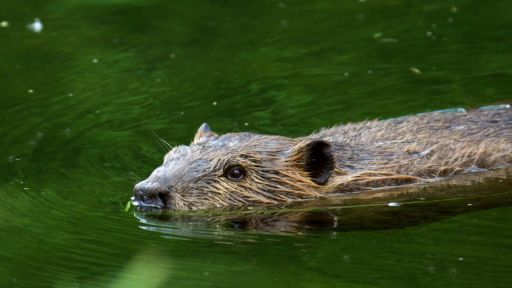While survival during winter is never a guarantee for wild mule deer, those who endure the harsh months always return to their range. Joe Hutto is included in a profound moment of reunion among a mule deer herd, in particular the introduction of a young deer Molly and her twin to the their extended family.
Touching the Wild airs Wednesday, April 16 at 8 p.m. (ET) on PBS (check local listings).

